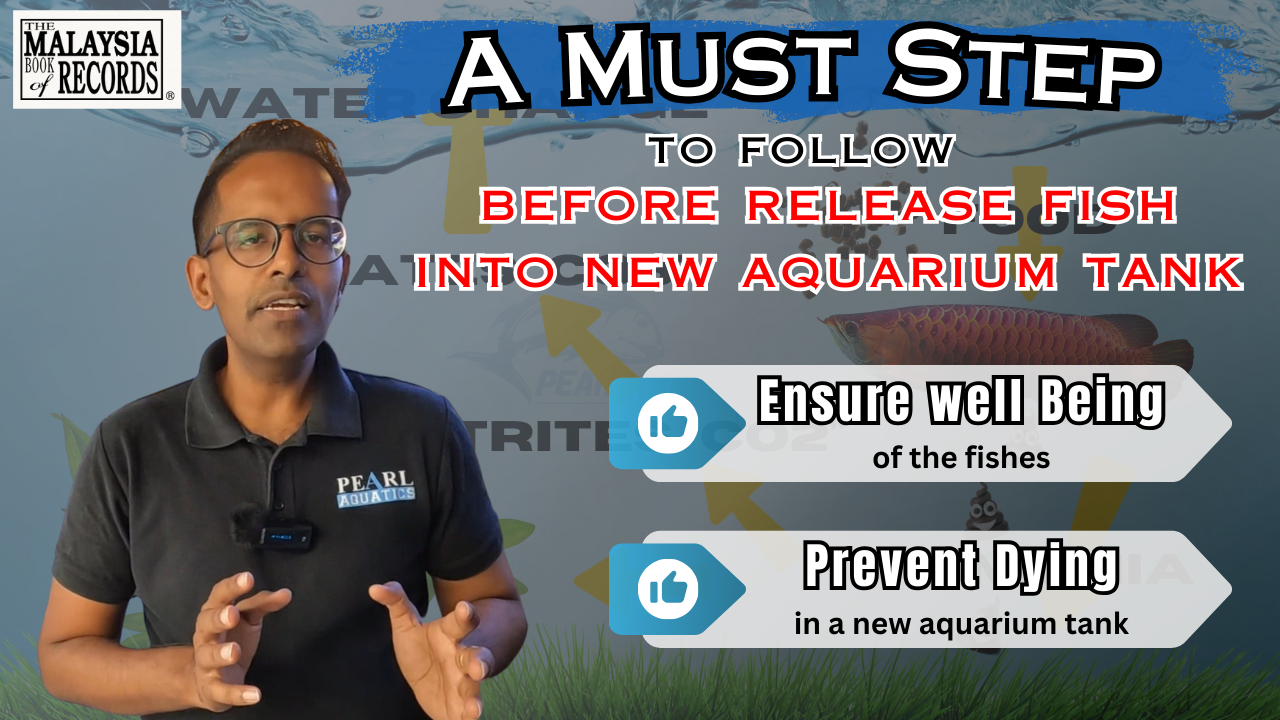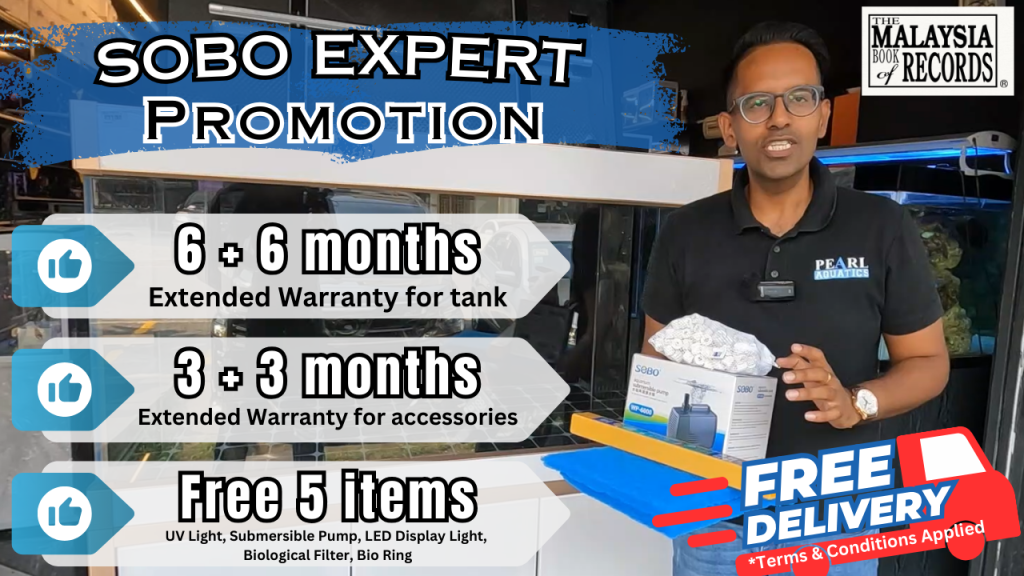Nitrogen cycle, is where the fish waste turns into toxic nitrogen compounds like ammonia, nitrites, and nitrates. These nitrogen compounds can potentially kill our fish unless we make sure we have plenty of microorganisms (also known as beneficial bacteria) and plants to consume the waste products.
https://www.youtube.com/watch?v=nfDpl-OzdoM
The nitrogen cycle is a crucial process in maintaining a healthy and stable environment in a fish aquarium tank. This cycle involves the conversion of ammonia, produced by fish waste and decaying organic matter, into nitrite and then into nitrate. These compounds are processed by beneficial bacteria. Here’s a step-by-step explanation of the nitrogen cycle in a fish aquarium:
-
Ammonia (NH3):
- Fish produce waste in the form of ammonia, and uneaten food and decaying organic matter also contribute to its presence.
- Ammonia is toxic to fish in high concentrations, so it needs to be converted into less harmful compounds.
-
Nitrosomonas Bacteria:
- Beneficial bacteria called Nitrosomonas convert ammonia into nitrite through a process called nitrification.
- The conversion of ammonia to nitrite is represented by the following equation:
2 NH3 + 3 O2 -> 2 NO2- + 2 H+ + 2 H2O
-
Nitrite (NO2-):
- Nitrite is also harmful to fish, although less toxic than ammonia. It still needs to be further converted into nitrate.
-
Nitrobacter Bacteria:
- Another group of beneficial bacteria, Nitrobacter, converts nitrite into nitrate in a process known as the second step of nitrification.
- The conversion of nitrite to nitrate is represented by the following equation:
2 NO2- + O2 -> 2 NO3-
-
Nitrate (NO3-):
- Nitrate is the least toxic form of nitrogen and can be tolerated by fish in moderate concentrations.
- While nitrate is less harmful, it can accumulate over time and should be removed through regular water changes or by using live plants that can utilize nitrate as a nutrient.
-
Denitrification (Optional):
- In some systems, denitrifying bacteria can convert nitrate into nitrogen gas, completing the nitrogen cycle.
- This process usually occurs in anaerobic conditions, such as in the substrate or within specialized filter media.
To establish and maintain the nitrogen cycle in your aquarium, follow these tips:
-
Cycling the Tank:
- Allow the tank to cycle before adding fish. This involves introducing a source of ammonia and letting the beneficial bacteria establish. “As explained in the video above”
-
Testing Water Parameters:
- Regularly test the water parameters (ammonia, nitrite, nitrate) to ensure they are within safe levels for fish.
-
Partial Water Changes:
- Conduct regular partial water changes to remove accumulated nitrates and other impurities.
-
Avoid Overfeeding:
- Overfeeding can contribute to excess ammonia production. Feed your fish sparingly and remove uneaten food promptly.
-
Use of Beneficial Bacteria Supplements:
- Consider using commercial products containing beneficial bacteria to kickstart the nitrogen cycle or boost bacterial colonies.
By understanding and managing the nitrogen cycle, you can create a stable and healthy environment for your aquarium fish.



